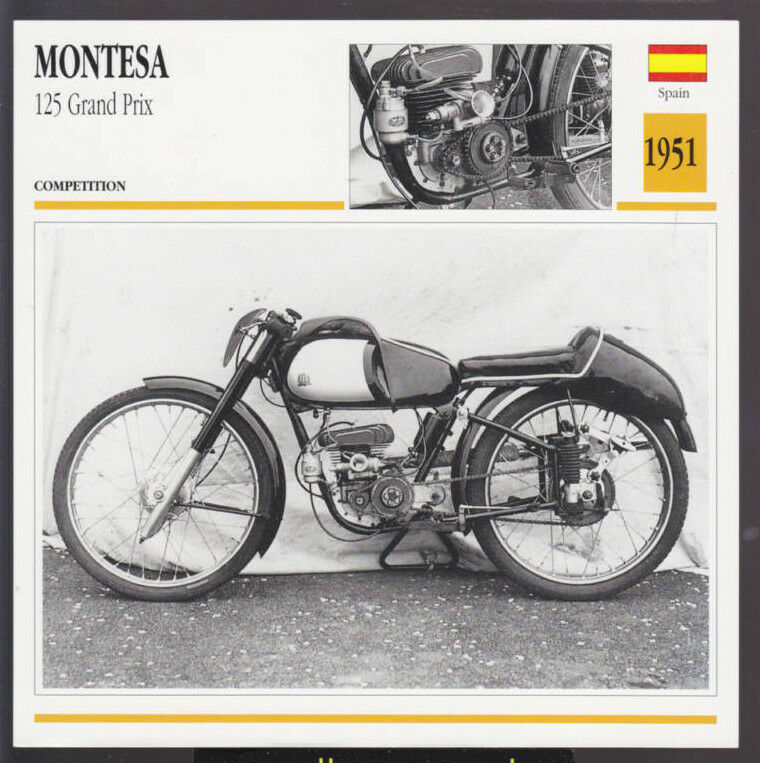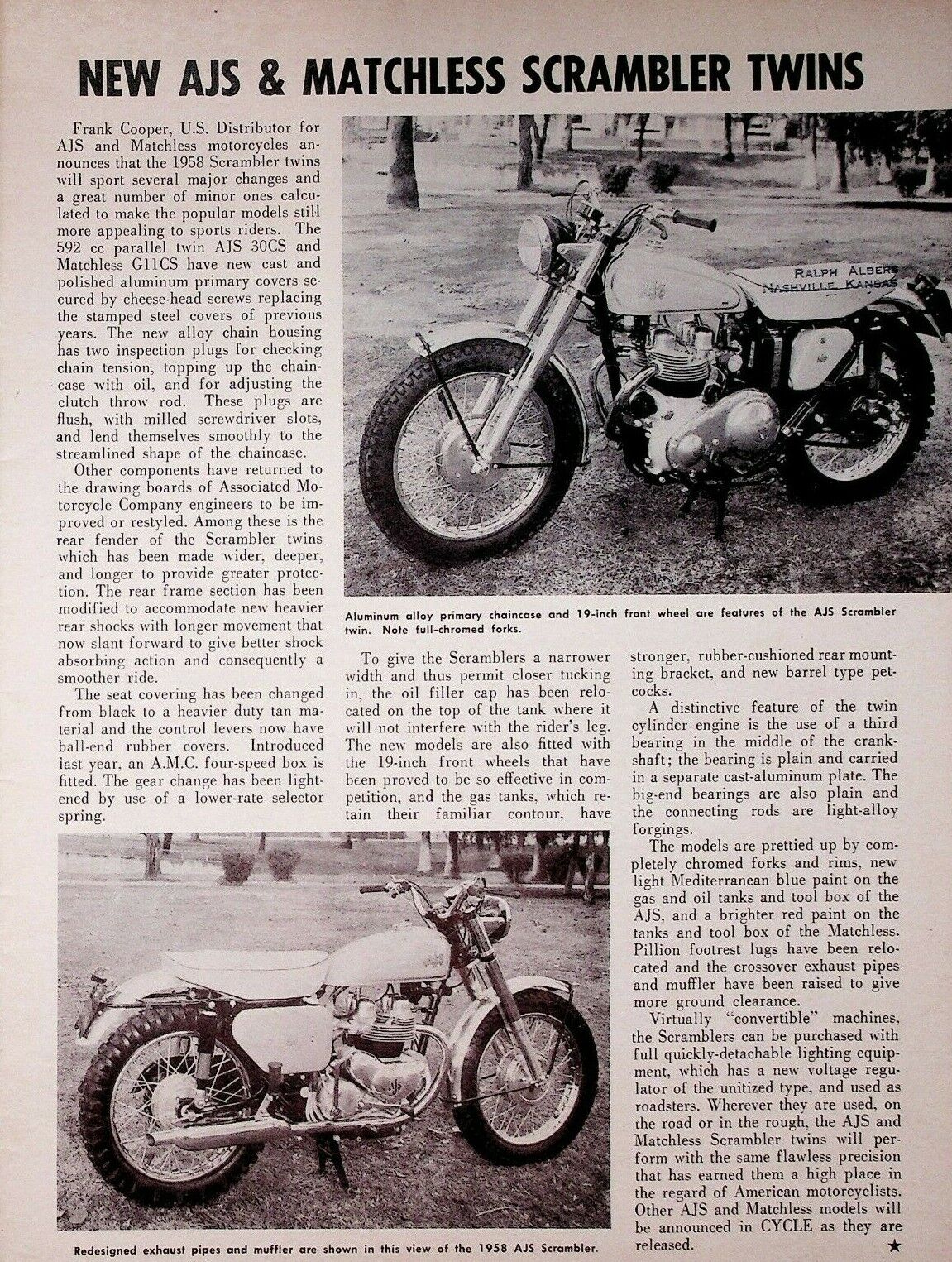-40%
1971 Bultaco Sherpa T - 3-Page Vintage Motorcycle Road Test Article
$ 7.89
- Description
- Size Guide
Description
1971 Bultaco Sherpa T - 3-Page Vintage Motorcycle Road Test ArticleOriginal, vintage motorcycle article
Page Size: Approx. 8" x 11" (21 cm x 28 cm) each page
Condition: Good
BULTACO
SHERPA T
The Kit That Is No
Longer A Kit Makes
The “T” Even Better.
DEVELOPED AND PERFECTED by Sammy Miller,
I unquestionably the best trials rider in the world, the
1971% Bultaco Sherpa T abounds in new and subtle
changes which make it quite possibly the best trials machine in
the world.
The most obvious change from the 1971 model is the Kit
Campeon fiberglass work, which consists of the narrowest
seat/gas tank combination to be found on a 250-cc trials
machine. A mere 3 in. wide at its barest width, and not more
than 5 in. across all the way up to the front of the tank, the
Kit Campeon offers ease of control and maneuverability while
clambering around on the machine (maintaining one’s balance)
that has never before been realized. Even though the exhaust
header pipe protrudes outside the bottom of the tank/seat on
the right hand side, there is no contact between it and the
rider’s leg.
The gas tank capacity is 1.2 U.S. gal., which is more than
adequate for a loop in any observed trials event, and a breather
tube from the top of the filler cap is routed down through the
front fork stem, which prevents gas from spewing out on the
ground if the machine is allowed to fall. The extremely narrow
seat has an average width of 6.5 in., providing only a
modicum of support for the buttocks while traveling between
sections. But sitting down isn’t die proper way to ride the
Sherpa T. It’s a stand-up bike from the word go.
Although primarily designed as a trials bike, only about 30
percent of the Sherpa T models sold are used exclusively for
trials competition. Many owners use them for cowtrailing, and
a few use theirs in enduros. For this customer, each Sherpa T
comes with a headlight and a taillight which can be installed
in about 20 min. to make the bike “enduro legal,” but not
legal for highway use.
Front forks are Betor units, built to Bultaco specifications.
They offer nearly 7 in. of travel, and have a soft spring rate.
Damping characteristics are excellent and can be changed by
substituting oil of heavier or lighter viscosity. Robust as they
are, weight is kept to a minimum by using ihin-wall tubing for
the stanchions and aluminum for the top and boitom crowns,
as well as the lower legs.
Rear suspension chores are admirably handled by five-way
adjustable Betor shock absorbers which offer nearly 4 in. of
travel. It's practically impossible to fault the Sherpa T’s
suspension operation, but leaking front fork seals pumped oil
so badly that they had to be replaced almost immediately.
Since then, however, the fork tubes have remained oil free.
Rubber slider wipers prevent the ingress of dirt into the seals.
Somewhat puzzling is the front fender’s proximity to the
front tire. In areas where clay is not a main constituent of the
soil, the fender’s location is not a problem in wet weather. In
certain areas of the U.S., however, mud tends to stick to the
front tire and builds up between it and the fender, locking the
wheel. Of course, with the fender mounted close to the front
tire, it is easier to see exactly where the wheel is going, but
raising the fender another inch would help matters in wet
going.
Following traditional Bultaco practice, the frame is a single
toptube, single down tube design with the down tube splitting
into two smaller tubes just in front of the engine. These two
tubes continue rearward and terminate at the rear suspension
top mounting points. A small loop extends rearward from
there to provide a method for attaching the rear fender...
12039-7110-08









